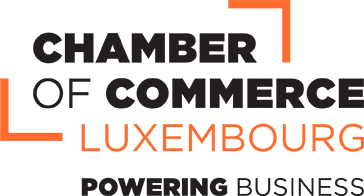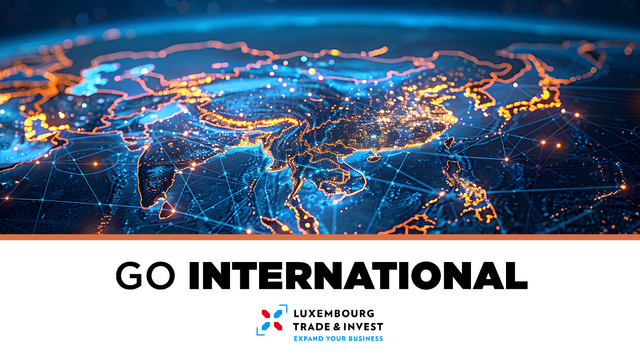
Kapitel
Uzbekistan has implemented bold reforms in recent years, liberalizing its economy and improving prospects for private sector development. Since 2017, with an average GDP growth of 5.3%, the country has become one of the world’s top reformers, outperforming many lower-middle-income economies.
Source: World Bank
Kennzahlen
- Fläche
- 447,400 km2
- Bevölkerung
- 36.4 (2023 est.)
- Regierungsform
- presidential republic; highly authoritarian
- Sprachen
- Uzbek (official) 74.3%, Russian 14.2%, Tajik 4.4%, other 7.1%
- BIP
- $101.6 billion (2023)
- Wachstumsrate
- 6.3% (2023)
- HDI
- 55
- Hauptstadt
- Tashkent
Makroökonomische Indikatoren
In Uzbekistan, growth is projected at 6.0% in 2024, moderating slightly to 5.8% in 2025. Consumption growth in 2024 is expected to remain strong as average real wages increase and remittance inflows remain high.
Import growth should accelerate in 2024 and continue buoyancy in the medium term to support economic modernization. Supported by high remittances, the current account deficit is projected to narrow in 2024 compared to 2023.
The overall fiscal deficit is expected to reduce to 3.7% of GDP in 2024 due to higher-than-expected nominal GDP in 2024 and fiscal consolidation measures, notably reduced energy subsidies and on-lending to state-owned enterprises, and higher revenue collection.
Fiscal consolidation is expected to continue in the medium term, with the budget deficit decreasing to 3.0% of GDP by 2025, as the government reduces tax expenditures and anticipated privatization proceeds support revenues. Headline inflation is expected to decline to 9% in 2025 and gradually approach the inflation target of 5% in 2027.
The government is expected to adhere to its debt limits, with public debt decreasing to 35.9% of GDP in 2024 and 34.6% of GDP in 2025.
Higher remittances and real growth in private consumption will lead to further poverty reduction, with the upper-middle income (UMIC) poverty line projected to decrease to 15.2% in 2024.
Downside risks to this outlook include a deterioration in Russia’s economic performance, higher external inflationary pressures, and tighter-than-expected global financial conditions. Upside risks include higher global gold and copper prices, and stronger productivity growth and FDI due to ongoing structural reforms.
Source: https://www.worldbank.org/en/country/uzbekistan/overview
IMF Statistics:
| Subject descriptor | 2021 | 2022 | 2023 | 2024 | 2025 |
|---|---|---|---|---|---|
|
Gross domestic product, constant prices Percent change (Units) |
8.035 |
6.001 |
6.291 |
5.612 |
5.709 |
|
Gross domestic product, current prices U.S. dollars (Billions) |
77.340 |
90.125 |
101.584 |
112.653 |
127.407 |
|
Gross domestic product per capita, current prices U.S. dollars (Units) |
2,237.920 |
2,555.187 |
2,819.823 |
3,050.820 |
3,379.399 |
|
Inflation, average consumer prices Percent change (Units) |
10.849 |
11.447 |
9.951 |
9.954 |
9.361 |
|
Volume of imports of goods and services Percent change (Units) |
0.413 |
13.117 |
27.020 |
9.570 |
8.844 |
|
Volume of exports of goods and services Percent change (Units) |
-4.489 |
13.209 |
25.599 |
3.178 |
9.064 |
|
Unemployment rate Percent of total labor force (Units) |
9.625 |
8.852 |
6.808 |
6.308 |
5.808 |
|
Current account balance U.S. dollars (Billions) |
-4.898 |
-2.847 |
-7.800 |
-7.081 |
-7.800 |
|
Current account balance Percent of GDP (Units) |
-6.332 |
-3.159 |
-7.678 |
-6.286 |
-6.122 |
Source: IMF Statistics - Uzbekistan
Luxemburg und das Land
Existing conventions and agreements
Non double taxation agreement
- Convention from 02.07.1997 (Memorial 2000, A, No.85, p.2013)
- Effective as of 01.01.2001 (Memorial 2000, A, No.85, p.2013)
None
Source: Administration des Contributions Directes
Weitere Informationen
Other Useful Links:




